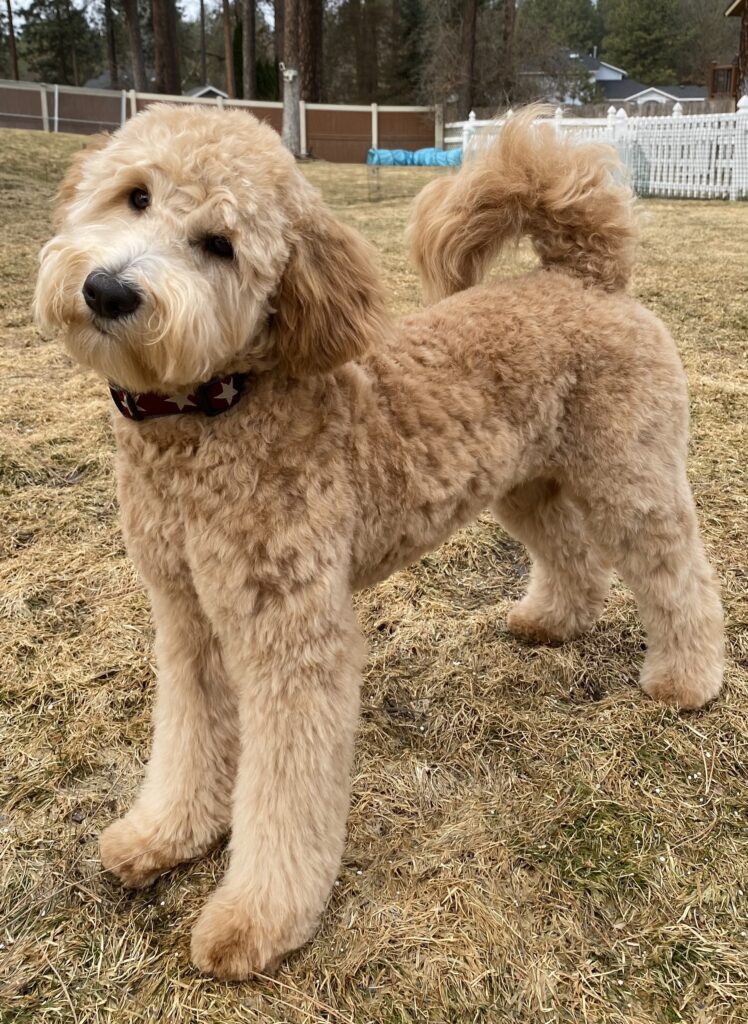
Isn’t it crazy how we can have so much love, affection, and compassion for something we cannot even converse with?
Our dogs spend their whole life with us and feel like part of the family, yet they can’t verbalize their feelings or desires. It is up to us to read and rely on our dog’s body language to ensure we care for them properly and meet all their needs.
Here are a few ways to interpret your dog’s body language so you can better your relationship with them and understand what they are trying to communicate to you.
Ears
No two pairs of dog ears are the same, but no matter the size or shape of the ear, dogs use these important features to communicate their feelings or state of being with us all the time. When your animal is feeling calm, they tend to relax their ears in a position that is natural to them. When they are on alert, or if feeling aggressive or dominant, they will raise their ears higher on their head and point them toward their interest or distress. If your dog has their ears pulled flat against their head, they may be fearful, worried, or submissive.
Head Tilt
It’s common for dogs to look at their owners attentively while tilting their heads. The external ear canal captures sound, is funneled to the middle and inner ear, and then transmitted to the brain. The muscles of a dog’s middle ear are controlled by the same part of the brain that controls facial expressions and head movements. So, when your dog cocks their head to the side, they are trying to hear your words, understand what you are saying, and let you know that they are concentrating on you!
Eyes
You can tell a lot about your furry friend’s feelings by paying attention to their gaze. A content dog will look at you with a relaxed expression or ‘soft eyes,’ while direct staring indicates a dog might feel threatened or want to assert dominance. If your dog is averting their gaze, they want to show submission, as they may be worried about interacting with you. Large, dilated pupils, or when a dog looks at you from the corner of its eyes, usually prelude aggressive or fear-based behavior.
Muscle Tension and Fur
Muscle tension is a big indicator of how your dog feels or reacts to the present situation. Tight muscles, especially around the head and shoulders, often indicate a scared or aggressive dog. Fur can also clue people in on how a dog is feeling. Calm dogs will display a smooth coat along their back, while scared or challenged dogs will raise the hairs (called hackles) along their neck and back to appear larger.
Tail
You can tell your dog is excited when they hold their tail up high and quickly wag it from side to side. A cautious or nervous dog will also wag their tail, but it will be straight out and wag slower and more steadily. When alert, a dog holds their tail tall and erect, while a fearful dog will tuck the tail between the legs. A content dog tends to keep their tail relaxed in a natural position because, like dog ears, no two dog tails are the same!
If you are searching for a furry companion to fill your home with joy this spring, Blue Star Labradoodles can provide you and your family with a sweet and loving Multi-Generation Australian Labradoodle. We are committed to producing puppies with distinguished pedigrees, health calibers, temperaments, and personalities and pairing each family with the best puppy for their needs, preferences, and lifestyle!
Contact us at (509)979-0949 or fill out our puppy reservation form online today.

Leave a Reply